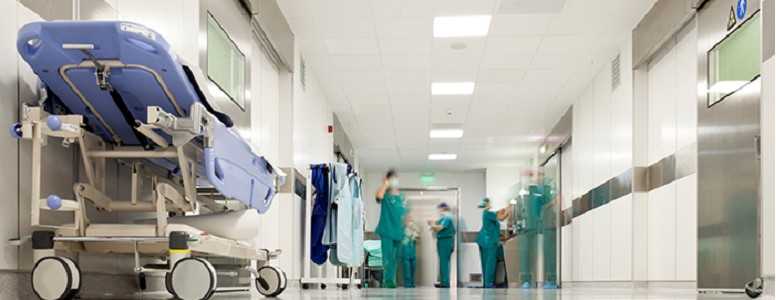The brain reacts differently to low blood sugar levels in people with type 1 diabetes (T1D) that have hypo unawareness.
Hypo unawareness is when a person with diabetes struggles to recognise when they have low blood glucose levels. This can present a big problem as it means that severe hypoglycemia, which can lead to seizures and unconsciousness, can appear seemingly “out of the blue”.
Whilst a number of methods have been developed to help people spot and avoid hypos, not so much is known about why people with hypo unawareness are not able to spot low blood sugar levels.
This is precisely what researchers from Yale University in the US have been looking into. To do this, the researchers put three groups of people into hypoglycemia and carried out magnetic resonance imaging (MRI) brain scans.
The three groups chosen were people without diabetes, people with T1D and good hypo awareness, people with T1D and hypo unawareness. 42 participants in total took part. The level of hypoglycemia used involved taking people down from 5 mmol/l to 3.3 mmol/l.
When brought into hypoglycemia, the people without diabetes registered changes in four regions of the brain; those that are linked to motivation, reward and decision making. The people with T1D and good awareness of hypos had an altered response with only the part of the brain associated with attention registering activity. In the people with T1D and hypo unawareness, no change in brain activity was registered as a result of going hypo.
The results of the study show the challenge that people with hypo unawareness face as the brain lacks the ability to automatically flag low blood sugar. Whilst the brain may not automatically register low blood sugar in people with hypo unawareness, it may be possible to actively spot some signs of hypoglycemia. For example, recognising slowness in thinking, making mistakes in typing, dropping objects may present some signs that are noticeable.
Hypo unawareness is not easy to deal with. For this reason, Diabetes.co.uk has developed the Hypo Training Program which helps to pick out noticeable traits that may suggest a hypo could be present. The program also provides guidance that can help with treating hypos quickly and preventing hypos from happening.
The study is published in the Journal of Clinical Investigation.
What's new on the forum? ⭐️
Get our free newsletters
Stay up to date with the latest news, research and breakthroughs.








